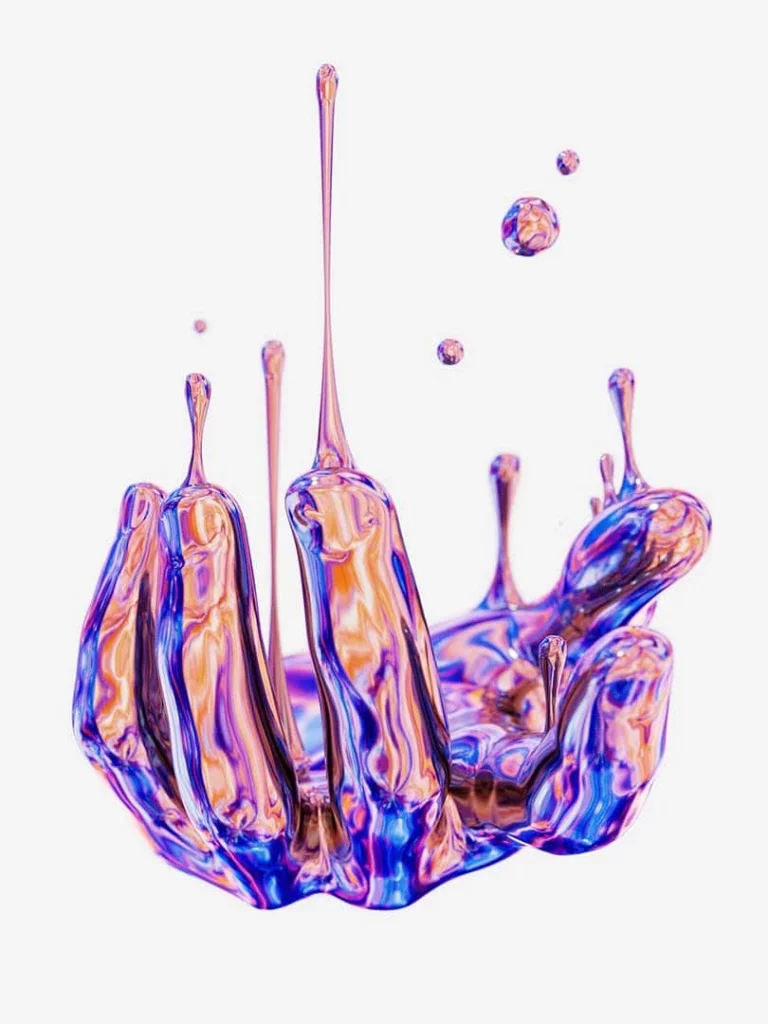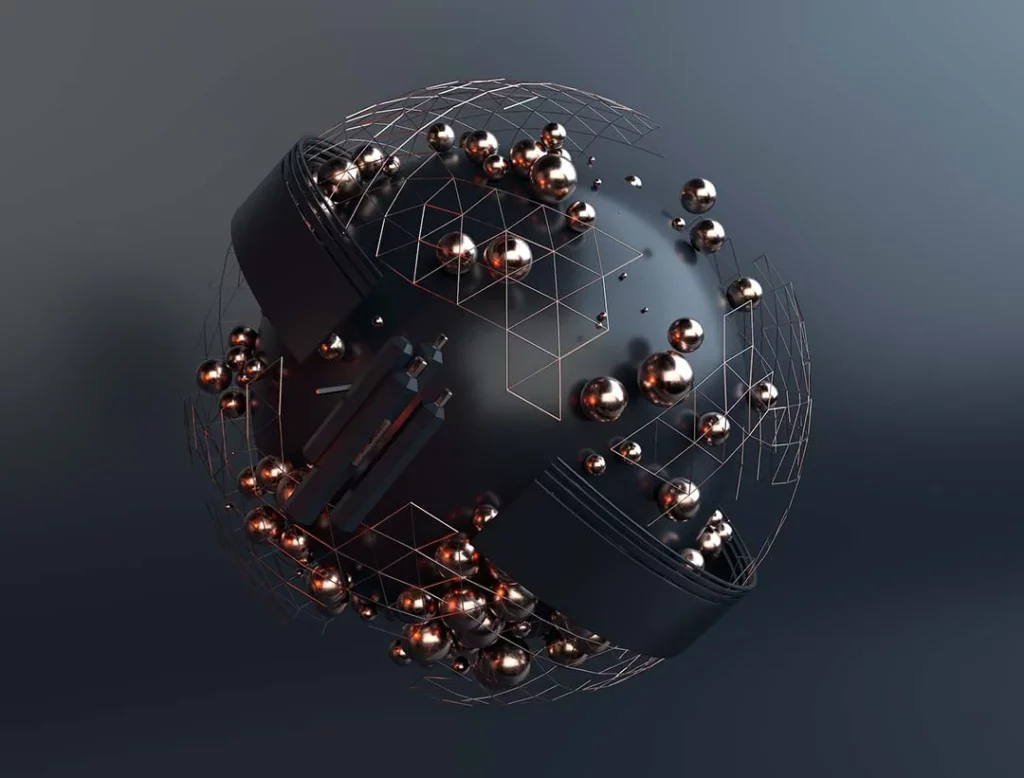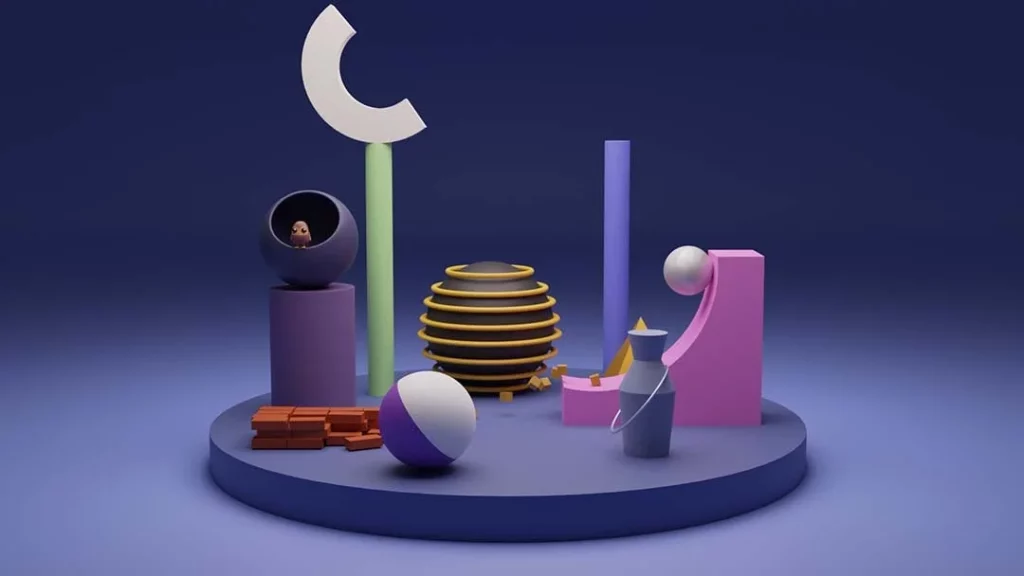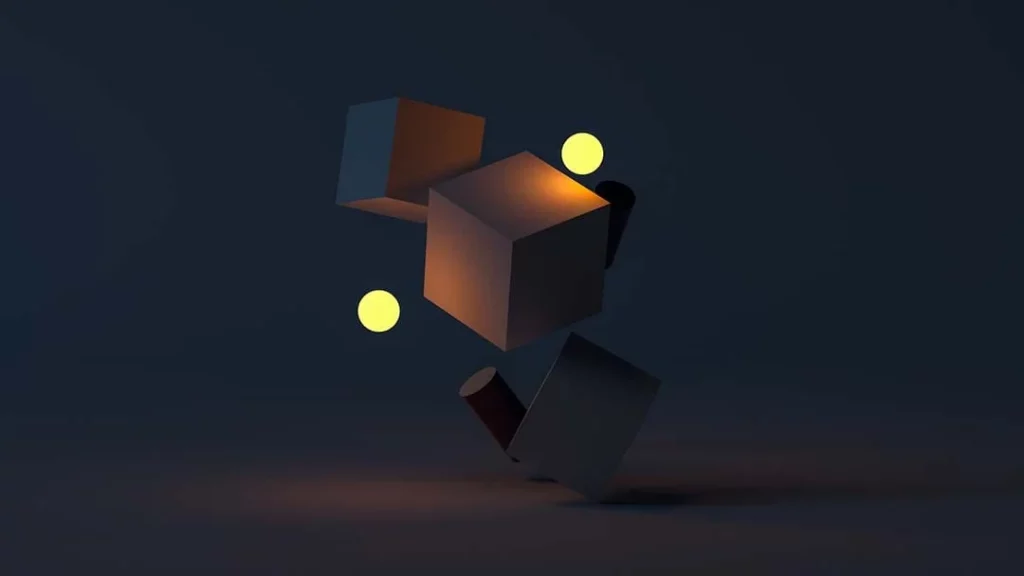Have you ever found yourself mesmerized by the colorful, vibrant world of animation, wondering about the magic that brings these stories to life? From the earliest flickering of black and white cartoons to the ultra-realistic 3D animations we see today, the journey of animation is as fascinating as it is diverse.
This art form, blending technology, storytelling, and boundless creativity, has evolved dramatically over the years. As we dive into these epic animation facts, we’ll uncover surprising secrets and milestones that have shaped what animation is today.
Whether you’re a die-hard fan or just casually interested, these facts will give you a glimpse into the intricate and often astonishing world of animated movies and shows. So, are you ready to see your favorite animated characters in a whole new light?
Animation can explain whatever the mind of man can conceive.
Walt Disney
Animation Facts
Let’s start our journey through the enlightening world of animation. Keep in mind that I created a quiz for you at the end of this article to test your animation knowledge. Read carefully, and don’t disappoint me.
- The first full-color, three-strip Technicolor film was “Flowers and Trees,” made by Disney in 1932.
- In traditional animation, 24 frames per second are used, with each frame being drawn individually.
- The first feature-length animated film, “The Adventures of Prince Achmed” (1926), predates Disney’s “Snow White.”
- Japan’s anime industry is worth over $19 billion, showcasing its global impact.
- The multiplane camera, first used in “The Old Mill” (1937), gave depth to 2D animations.
- Hayao Miyazaki, co-founder of Studio Ghibli, often features strong female leads in his films.
- “Toy Story” (1995) was the first fully computer-animated feature film.
- Claymation, a type of stop-motion animation, uses malleable clay figures to create motion.
- “Spirited Away” (2001) is the only non-English animated film to win an Oscar for Best Animated Feature.
- Norman McLaren, a pioneering animator, used techniques like scratching on film for animations.
- Walt Disney holds the most Oscars awarded to an individual, many for his work in animation.
- Computer-generated imagery (CGI) revolutionized animation in the 1990s.
- Laika Studios is known for combining stop-motion with CGI elements.

- Motion capture technology in animation captures the movement of real actors for realistic animations.
- The longest-running animated TV series, “The Simpsons,” debuted in 1989.
- Flash animation became popular in the 2000s for its simplicity and low cost in producing web cartoons.
- Ray Harryhausen was famed for his work in stop-motion animation in fantasy films.
- The “squash and stretch” principle is crucial for conveying weight and flexibility in animation.
- Traditional animation studios often used a process called rotoscoping for realistic movements.
- Chuck Jones, a director at Warner Bros., helped develop characters like Bugs Bunny and Daffy Duck.
- In anime, the large eyes of characters are inspired by early 20th-century American cartoons.
- “Avatar: The Last Airbender” is renowned for its blend of anime-style with American animation.
- Stop-motion uses physical objects, photographed frame-by-frame, to create animated sequences.
- The 1937 Disney strike led to significant changes in the animation industry, including unionization.
- South Park, initially created using cutout animation, switched to computer animation to mimic the style.
- “Fantasia” (1940) was an ambitious Disney project that combined animation with classical music.
- Miyazaki’s films often feature environmental themes and the coexistence of humans and nature.
- Backgrounds in older cartoons were often painted on glass or cels.

- The “bounce and stretch” technique in animation mimics the laws of physics in a stylized way.
- “Akira” (1988), a landmark in anime, influenced cyberpunk media and Western animation.
- Disney’s “12 Basic Principles of Animation” were introduced in the 1930s to create more realistic animations.
- “Gertie the Dinosaur” (1914) is one of the earliest examples of character animation.
- Looney Tunes and Merrie Melodies were initially created to promote Warner Bros.’ music catalog.
- Genndy Tartakovsky, creator of “Samurai Jack,” is known for his unique, minimalistic animation style.
- Bill Plympton, an indie animator, is known for his hand-drawn, quirky animations.
- Early animations were often shown in theatres before movies, known as cartoon shorts.
- The “Uncanny Valley” effect in CGI refers to when characters look almost, but not quite, human.
- Winsor McCay’s “Little Nemo” (1911) was a groundbreaking work in narrative and artistic animation.

- Animated films often take 4-5 years to complete, due to the detailed work required.
- “The Lion King” (1994) was the first Disney animated film to feature a completely original story.
- Don Bluth, an ex-Disney animator, formed his own studio and created films like “An American Tail.”
- Animation storyboards are crucial for visualizing the script before production.
- Osamu Tezuka, known as the “God of Manga,” significantly influenced anime and manga styles.
- Many early animations were silent, relying on visual humor and expressions.
- “Steamboat Willie” (1928) is famous for being Mickey Mouse’s debut and for its synchronized sound.
- Rotomation, a variant of rotoscoping, uses real footage as a basis for animation.
- “Aladdin” (1992) was one of the first films to use CGI for certain elements, like the magic carpet.
- Tex Avery, a prominent animator, was influential in creating the slapstick style in cartoons.
- Early Disney films were known for their groundbreaking use of technicolor.
- The Anime Expo, held annually in Los Angeles, is one of the largest anime conventions globally.
Animation Myths

Now that we’ve explored some interesting facts about animation, let’s delve into the myths and truths that surround this captivating art form. It’s time to bust some common myths.
- Animation is Only for Children
Animation is a versatile medium that appeals to all ages. Many animated films and series are created with complex themes and sophisticated humor that cater to adult audiences. - Creating Animation is Easy
It is a labor-intensive process. It involves intricate steps like storyboarding, designing, voice acting, and frame-by-frame creation. Even with advanced technology, it requires a lot of skill and time. - Animation is Just Drawing
It goes beyond just drawing. It includes a variety of art forms like 3D modeling, stop motion, and digital animation. Animators must also understand storytelling, character development, and timing. - All Animation is Computer-Generated
While CGI is popular, there are many types of animation like hand-drawn, stop motion, and traditional 2D. Each style has its own unique charm and is chosen based on the artistic vision of the project. - Animation Doesn’t Require Real Acting
Voice acting in animation is a form of real acting. Voice actors bring characters to life with emotion, timing, and personality. It’s a challenging art that significantly impacts the audience’s connection to the story.
No products found.
Animation Quotes

Animation, a vibrant and dynamic art form, has captivated audiences around the world with its unique ability to bring characters and stories to life. Below, you will find some of my favorite quotes about the topic.
Animation is not the art of drawings that move but the art of movements that are drawn.
Norman McLaren
Norman McLaren, an innovative animator, highlights the essence of animation as the art of crafting movement, not just moving drawings.
The animation is not a genre, it’s an art form.
Hayao Miyazaki
Hayao Miyazaki, a legendary Japanese filmmaker, underlines that animation transcends being a mere genre, representing a profound and versatile art form.
In animation, there’s this exhilarating moment of discovery when you see the film and you say, ‘Oh THAT’S what I was doing.’
John Lasseter
John Lasseter, a key figure in modern animation, speaks about the joy and surprise in seeing the final product of animation work and its unexpected revelations.
Animation is a young man’s game – there’s no room for sentimentality or middle age or feeling tired.
Ralph Bakshi
Ralph Bakshi, known for his distinctive style, remarks on the vigorous and relentless nature of animation, demanding constant innovation and energy.
We don’t make movies to make money, we make money to make more movies.
Walt Disney
Walt Disney, expressing his passion for filmmaking, emphasizes that the purpose of making money in the animation industry is to fuel the creation of more films.
Animation FAQ

I hope your knowledge about animation is at the top level so far, because this is the final section before the quiz. Let’s find the answers to some common questions.
- Why is Animation Important?
It is a powerful medium that transcends language barriers, allowing stories and ideas to be shared globally. It’s not just for entertainment; animation is used in education, advertising, and even in medical fields for explanatory purposes. Its ability to bring imagination to life makes it an essential tool for creative storytelling. - Are Animation Jobs in Demand?
Yes, animation jobs are quite in demand, especially with the rise of digital media. Animators are sought after in film, television, video games, and online platforms. The demand is not just limited to entertainment but also in advertising, education, and even app development. As technology evolves, the need for skilled animators continues to grow. - What is the History of Animation?
It has a rich history, beginning in the late 19th century with simple experiments like the phenakistoscope and zoetrope. The first substantial animated film was created in 1908. Disney’s “Snow White and the Seven Dwarfs” (1937) was the first full-length animated feature. The introduction of computers brought a significant shift, leading to modern CGI animation. - How are Animation Movies Made?
Movies start with storyboarding and scriptwriting, followed by character design. Voice actors record dialogues, while artists create scene layouts. Animators then bring scenes to life using various techniques like drawing, CGI, or stop-motion. The process concludes with the addition of music, sound effects, and meticulous editing to produce the final movie. - What Skills are Needed to Become an Animator?
An animator needs artistic skills to understand color, texture, and light, along with creativity for character and story development. Technical proficiency in animation software is essential. Storytelling ability and attention to detail are crucial for creating engaging animations. Communication and teamwork are also important in collaborative projects.
No products found.
Animation Trivia

Welcome to the Ultimate Animation Quiz! Warning: Failure to answer correctly may result in being turned into a cartoon character with really oversized shoes and a squeaky voice!
Conclusion
Concluding our exploration of the world of animation, we’ve seen how this art form has been a playground for innovation, continuously reshaping our visual and storytelling possibilities. Animation is an ever-evolving journey, one that has profoundly influenced both cinema and digital media.
It’s a legacy of imagination, pushing us to dream bigger and bolder. Let’s close this article with a funny question: If you could be transformed into any animated character for a day, who would you choose and what adventure would you embark on? Let me know in the comments.
2 Sources Used For This Article15 Animation Interview Questions and Answers – Climb The Ladder


